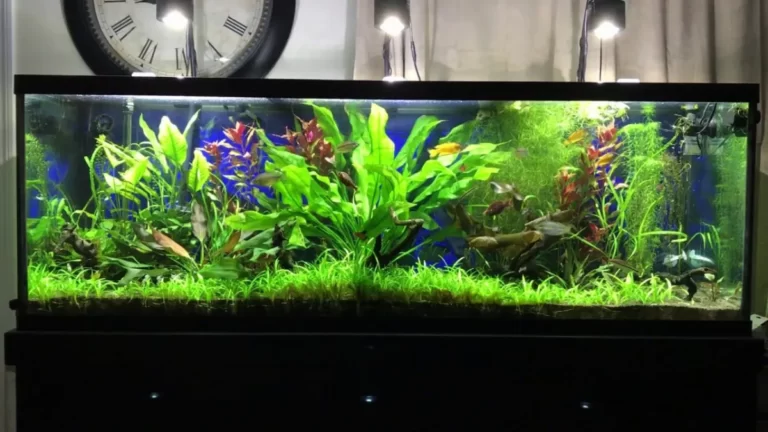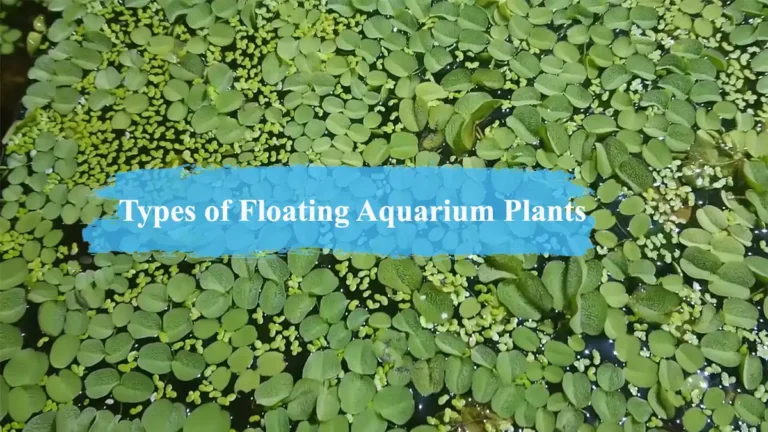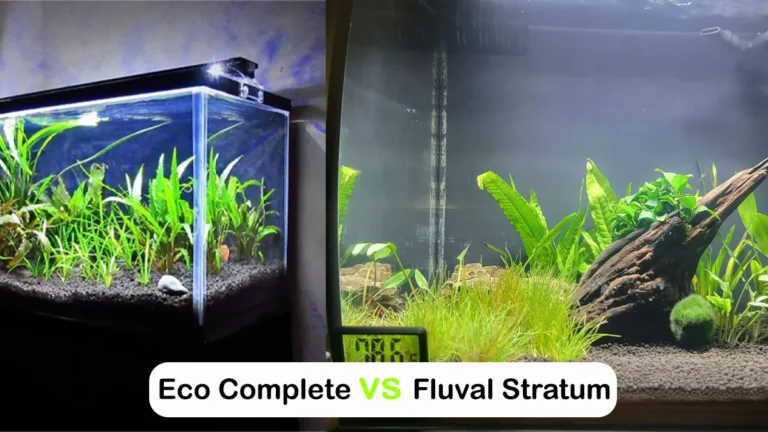Can You Put Plants in an Uncycled Tank?
Aquarium plants play a vital role in creating a thriving aquatic ecosystem, providing numerous benefits to both fish and water quality. However, planting in an uncycled fish tank requires careful consideration and knowledge.
In this comprehensive guide, we will explore the importance of fish tank plants, the challenges of planting in an uncycled tank, and step-by-step strategies for successful planting.

Can You Put Plants in an Uncycled Tank?
Before we delve into the details, let’s understand what an uncycled tank means. An uncycled tank is a new aquarium that hasn’t yet established a stable nitrogen cycle. Despite this, it is possible to add plants to such a tank. Let’s examine the pros and cons of planting in an uncycled tank and the factors to consider before making this decision.
Benefits of Planting in an Uncycled Tank
Planting in an uncycled tank can positively impact the environment in various ways:
- Facilitating the Nitrogen Cycle through Plants: Live plants help in kick-starting the nitrogen cycle by absorbing ammonia and nitrates, making the environment healthier for fish.
- Improving Water Quality and Clarity: Plants act as natural filters, removing pollutants and impurities, which leads to clearer and cleaner water.
- Enhancing Aesthetic Appeal: The presence of lush greenery and colorful foliage enhances the visual appeal of the aquarium, creating a natural and beautiful underwater landscape.
- Providing Hiding Spots and Breeding Areas: Plants offer natural hiding spots for fish, reducing stress, and they also provide suitable breeding areas, encouraging natural behaviors.
How to Prepare Plants for an Uncycled Tank
To ensure the successful integration of plants into an uncycled tank, careful preparation is crucial:
- Selecting Hardy and Adaptable Plant Species: Opt for robust plants that can withstand fluctuations in water conditions during the initial setup.
- Proper Cleaning and Disinfecting: Thoroughly clean and disinfect new plants to prevent the introduction of pests and diseases.
- Quarantine Procedures: Consider quarantining new plants to prevent any potential contamination.
- Ensuring the Right Lighting and Nutrient Conditions: Choose appropriate lighting and provide essential nutrients for healthy plant growth.
Related Post: Types of Floating Aquarium Plants: Know the Best Types
Planting Techniques for an Uncycled Tank
When it’s time to plant, follow these techniques to ensure optimal growth and visual appeal:
- Utilizing Substrates and Anchoring Methods: Choose the right substrate for your plants, and use anchoring methods like weights or plant weights to keep them in place.
- Strategic Placement: Arrange plants strategically, considering their growth requirements and compatibility with other tank elements.
- Planting in Stages: Gradually introduce plants to the tank to minimize stress on the ecosystem.
Nurturing and Maintaining Plants in an Uncycled Tank
To ensure your plants thrive, follow these nurturing and maintenance tips:
- Monitoring Water Parameters: Regularly test water parameters and make adjustments as needed to provide a stable environment.
- Supplementing Nutrients: Consider adding fertilizers or supplements to promote healthy plant growth.
- Addressing Algae Issues: Maintain a balanced ecosystem to prevent excessive algae growth and its negative impact on plants.
- Trimming and Pruning: Regularly trim and prune plants to maintain their health and prevent overgrowth.
The Role of Plants in Cycling an Aquarium
Understand the significance of plants in the nitrogen cycle:
- Understanding the Nitrogen Cycle: Learn how the nitrogen cycle works and its importance for a healthy aquarium.
- How Plants Help: Discover how plants and beneficial bacteria work together to establish and maintain biological balance.
Choosing the Right Plant Species for an Uncycled Tank
Selecting appropriate plant species is essential for success:
- Low-Maintenance Plants for Beginners: Consider easy-to-care-for plants if you’re new to aquarium gardening.
- Species for Different Tank Setups: Research and choose plants that suit your tank size and setup.
- Compatibility with Fish and Inhabitants: Ensure the plants are compatible with the fish and other inhabitants in the tank.
Creating a Plant-Friendly Environment in an Uncycled Tank
To foster healthy plant growth, pay attention to these factors:
- Optimal Water Conditions: Maintain suitable water parameters to support plant health.
- Proper Filtration and Circulation: Use appropriate filtration and circulation methods to ensure nutrients reach all plants.
- Supplemental Carbon Dioxide (CO2): Consider CO2 supplementation for advanced setups with demanding plant species.
Related Post: Floating Aquarium Plants with Long Roots: Detailed Information
Preventing and Handling Common Challenges
Learn how to deal with common challenges:
- Plant Melting and Shedding: Understand why plants may experience melting and shedding during the initial stages.
- Addressing Nutrient Deficiencies and Excesses: Identify and address nutrient imbalances that can affect plant health.
- Combating Algae Outbreaks: Learn effective methods to control and prevent algae outbreaks.
Conclusion
Incorporating live plants in an uncycled fish tank can be a rewarding and beneficial experience. Not only do they enhance the aesthetics, but they also contribute to a healthier and more balanced aquarium ecosystem. By following the steps outlined in this guide, you can successfully plant and nurture a beautiful underwater garden while providing a thriving habitat for your aquatic pets. Happy aquarium gardening!





